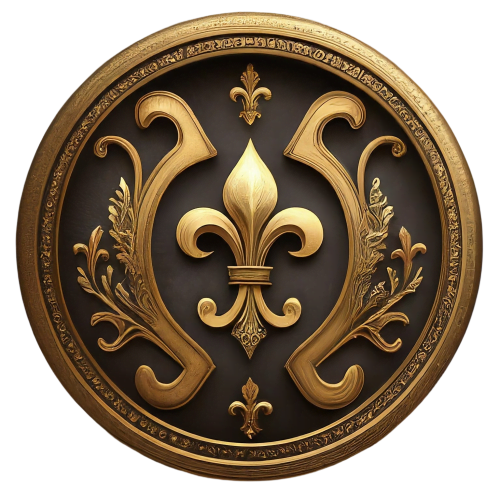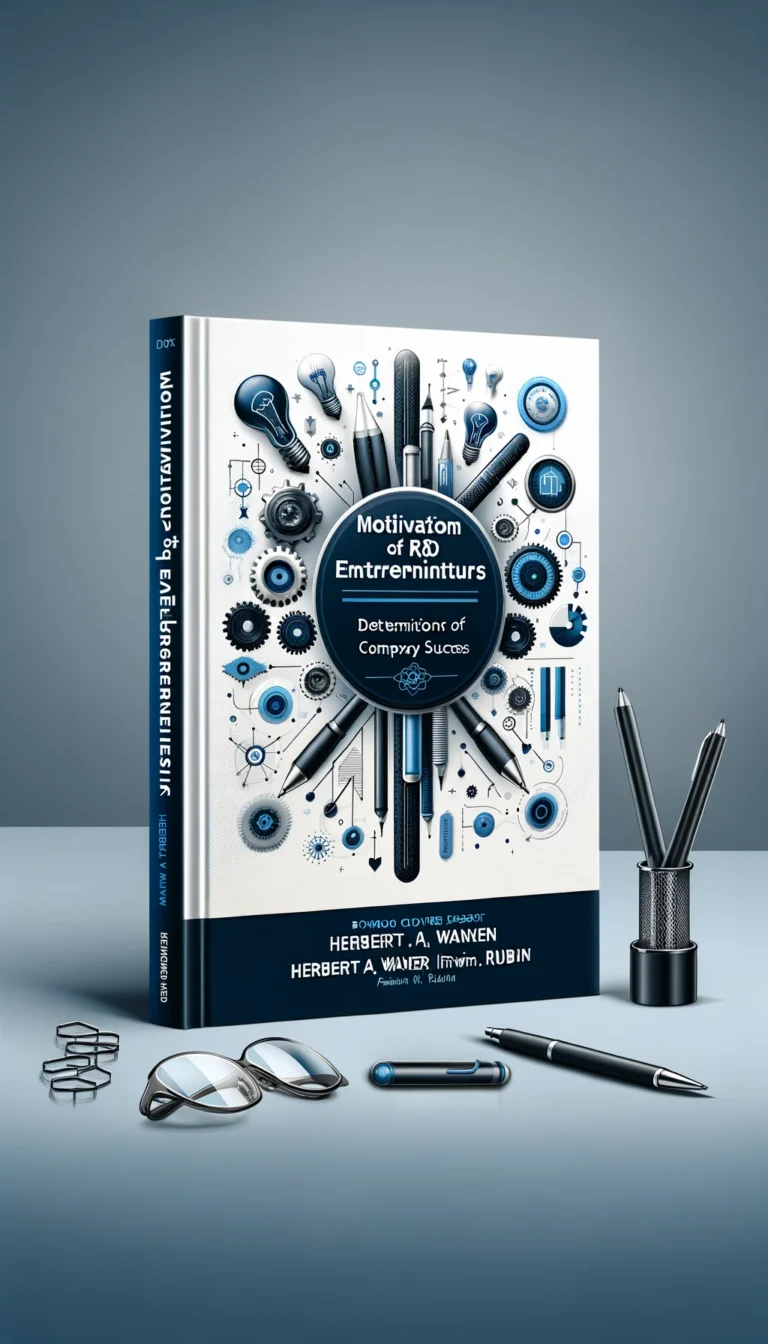The Ultimate Guide to Determining the Value of Old Gold Coins: Expert Insights and Tips
Introduction:
Old gold coins can feel like holding a piece of history in your hand, and they can also be surprisingly valuable treasures. But figuring out their true worth can be a bit of a puzzle. It’s not just about the gold content; factors like rarity, condition, and their story all contribute. This guide will equip you with the knowledge and tools to accurately assess the value of your old gold coins and make informed decisions, whether you’re thinking of selling, insuring, or simply understanding your collection better.
Factors Affecting the Value of Old Gold Coins:
Rarity:
- Mintage Figures: Think of mintage figures as the coin’s “edition size.” The number of coins minted in a particular year and denomination can dramatically impact rarity. Low mintage numbers often mean higher value because fewer examples exist today.
- Survival Rate: Time takes its toll. The number of coins that have survived over the years is crucial. Coins that became rare due to melting down, loss, or simply being worn out can be much more valuable than those that were produced in larger numbers but survived well.
Condition:
- Grading Standards: Condition is everything! Coin condition is judged using a grading system, from ‘Poor’ (very worn) to ‘Perfect Uncirculated’ (mint condition). Higher grades mean better preservation and can significantly increase a coin’s value. Even slight differences in grade can mean big differences in price.
- Eye Appeal: Beyond technical grading, “eye appeal” matters too. This includes how attractive a coin looks – its luster, toning (natural color change over time), and overall visual impression. Coins that are just plain beautiful and appealing to the eye are often more desirable and valuable to collectors.
- Design and Motif: Coins that feature unique designs or motifs with historical or cultural meaning can be more valuable. For example, coins portraying famous historical figures or commemorating significant events often have added appeal.
- Provenance: A coin’s “provenance” is its history of ownership. Knowing where a coin has been, who owned it before, and any important transactions it was part of can boost its value. Coins with a well-documented and interesting history are often more sought after.
Professional Evaluation:
Third-Party Grading:
- Certification Services: For valuable-looking coins, consider professional grading by services like PCGS or NGC. They’ll examine your coin, assign it a grade, and encapsulate it in a protective, tamper-evident holder with a certification number.
- Benefits: Professional grading acts as an expert, unbiased opinion on your coin’s condition and authenticity. This adds a lot of credibility and trust, especially when selling, and can really increase buyer confidence (and often, the price!).
Consulting Experts:
- Numismatists: Seek advice from professional numismatists or coin dealers who specialize in old gold coins. They have the specialized knowledge to give you expert opinions on value and understand the current market.
- Auctions and Sales: Attend coin auctions and major coin shows, even if just to observe. Watching auctions and sales in person or online gives you a real-time feel for market trends and current prices. It’s a great way to learn about the value of different types of coins.
Market Research:
Online Resources:
- Auction Results: Websites like Heritage Auctions and Stack’s Bowers Galleries keep detailed records of past auction results. These are goldmines of information for gauging the value of similar coins.
- Price Guides: Use online price guides and databases like CoinFacts or NumisMedia. They provide detailed information and pricing data for a vast range of coins. Remember, these are guides, not guarantees, but they are excellent starting points.
Local Dealers:
- Appraisals: Visit reputable local coin dealers for appraisals. They can give you an initial assessment of your coins’ value and may make you an offer to buy them outright if you’re interested in selling quickly.
- Networking: Build relationships with local dealers and collectors. Networking is invaluable in the coin world. It can lead to learning opportunities, insights into the market, and even future buying or selling possibilities.
Conclusion:
Determining the value of old gold coins is a journey that combines research, expert advice, and understanding the market. By considering factors like rarity, condition, historical significance, and using professional resources, you can get a much clearer picture of your coins’ worth. Whether you’re a seasoned collector or just curious about some old coins you’ve found, this guide will help you navigate the fascinating world of old gold coins with more knowledge and confidence.
Sources:
- Heritage Auctions: https://www.ha.com/ – A major auction house for coins and collectibles. Their website is a valuable resource for auction results and market information.
- Stack’s Bowers Galleries: https://stacksbowers.com/ – Another leading auction house with extensive auction archives and resources for coin collectors.
- CoinFacts (PCGS): https://www.pcgs.com/coinfacts – PCGS’s online resource providing detailed information, images, and pricing data for US coins.
- NumisMedia: https://www.numismedia.com/ – A subscription-based service offering coin price guides and market analysis. (While subscription based, mentioning it as a resource is still valuable).







